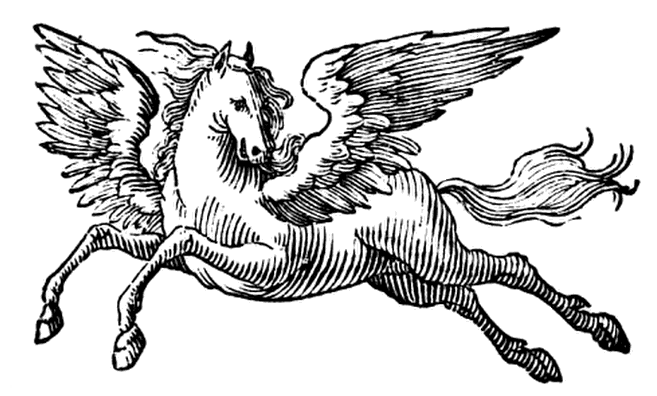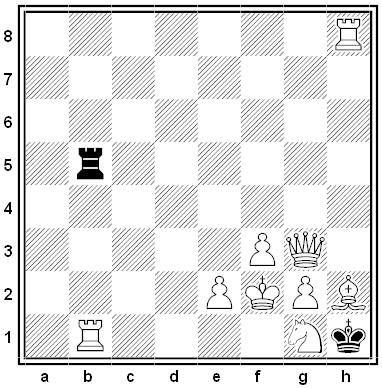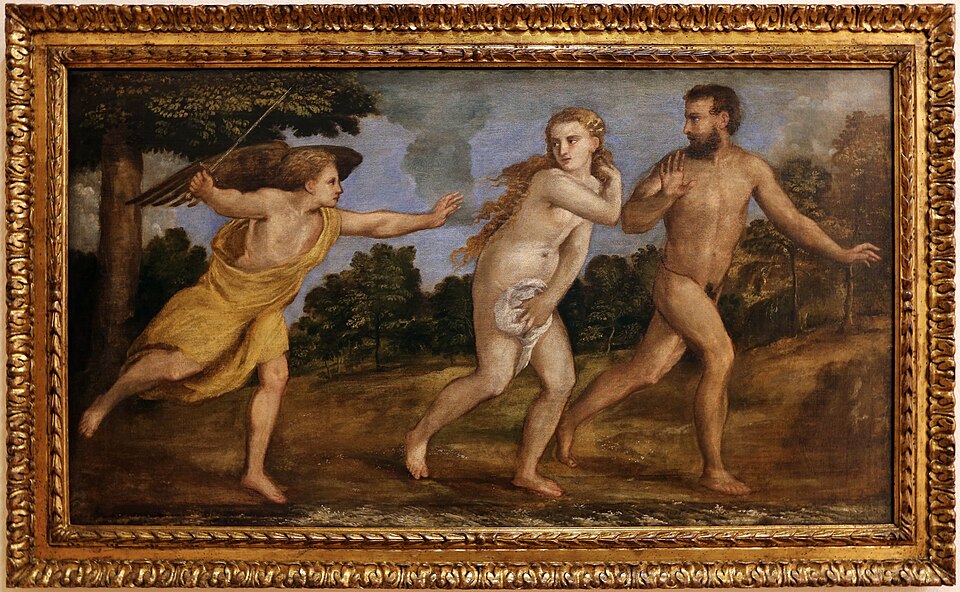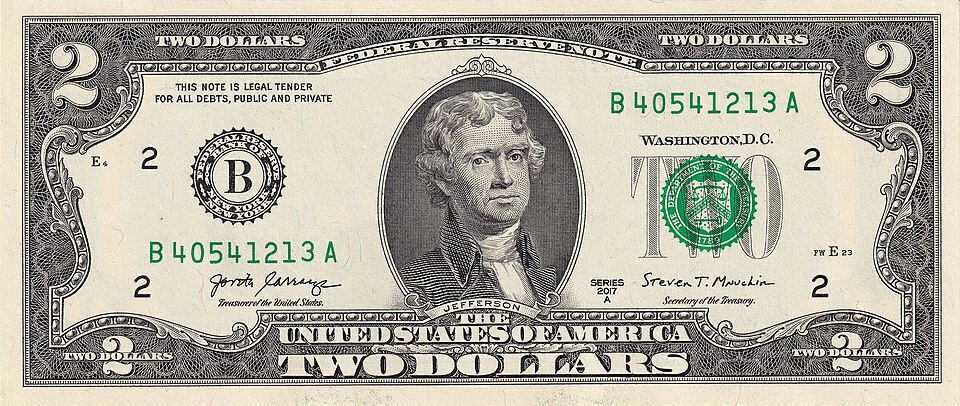
Suppose now that two philosophers, McX and I, differ over ontology. Suppose McX maintains there is something which I maintain there is not. McX can, quite consistently with his own point of view, describe our difference of opinion by saying that I refuse to recognize certain entities. …
When I try to formulate our difference of opinion, on the other hand, I seem to be in a predicament. I cannot admit that there are some things which McX countenances and I do not, for in admitting that there are such things I should be contradicting my own rejection of them.
It would appear, if this reasoning were sound, that in any ontological dispute the proponent of the negative side suffers the disadvantage of not being able to admit that his opponent disagrees with him.
This is the old Platonic riddle of nonbeing. Nonbeing must in some sense be, otherwise what is it that there is not?
— Willard Van Orman Quine, “On What There Is,” 1948




